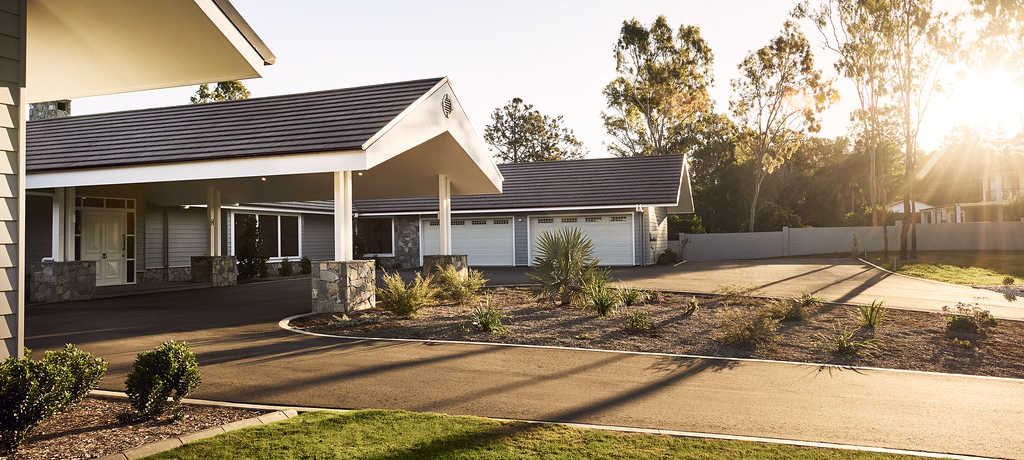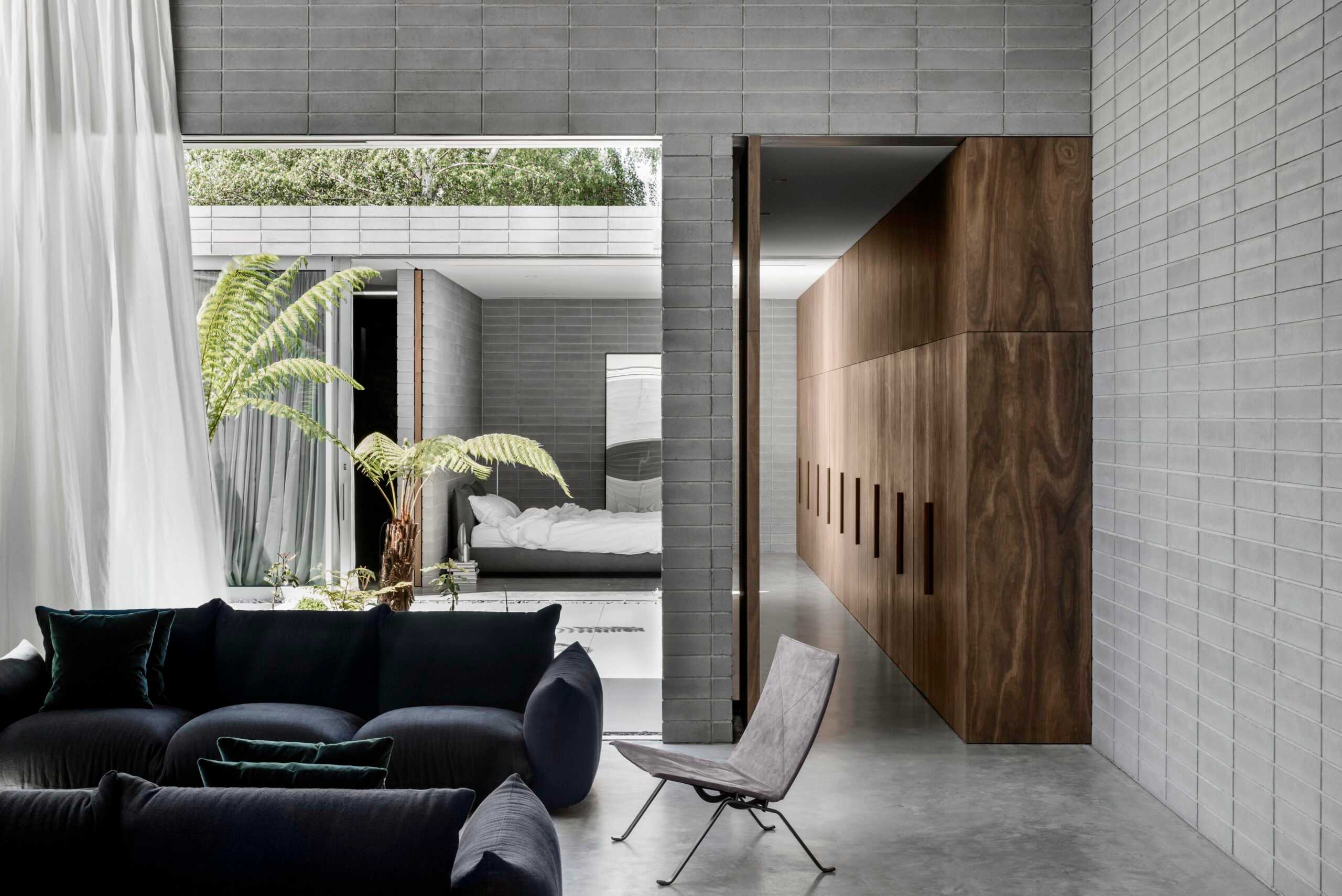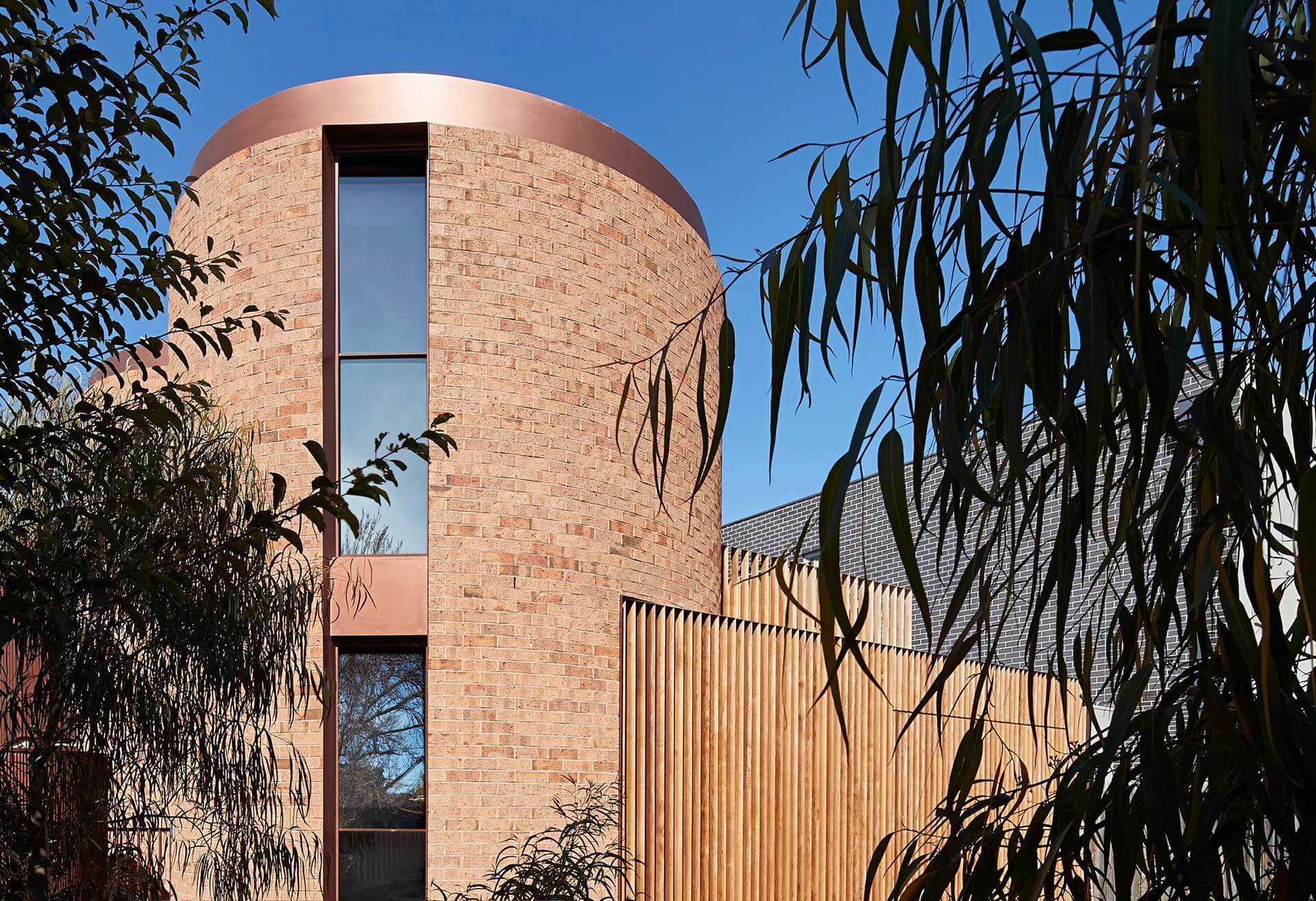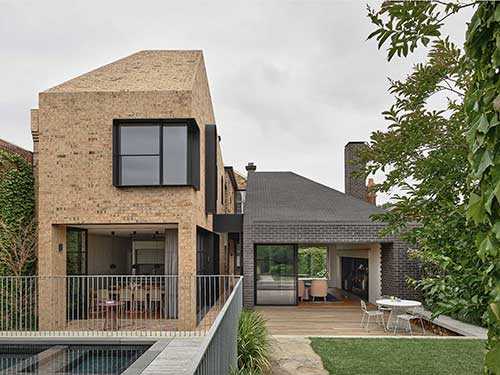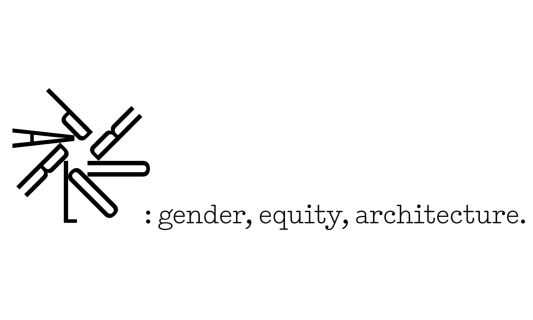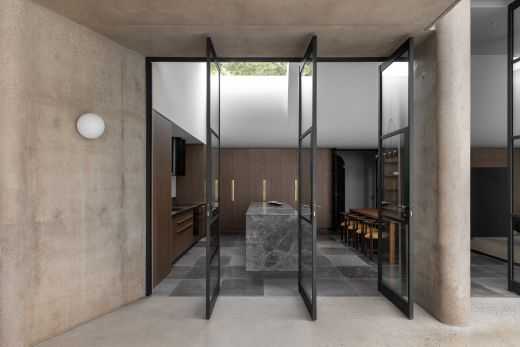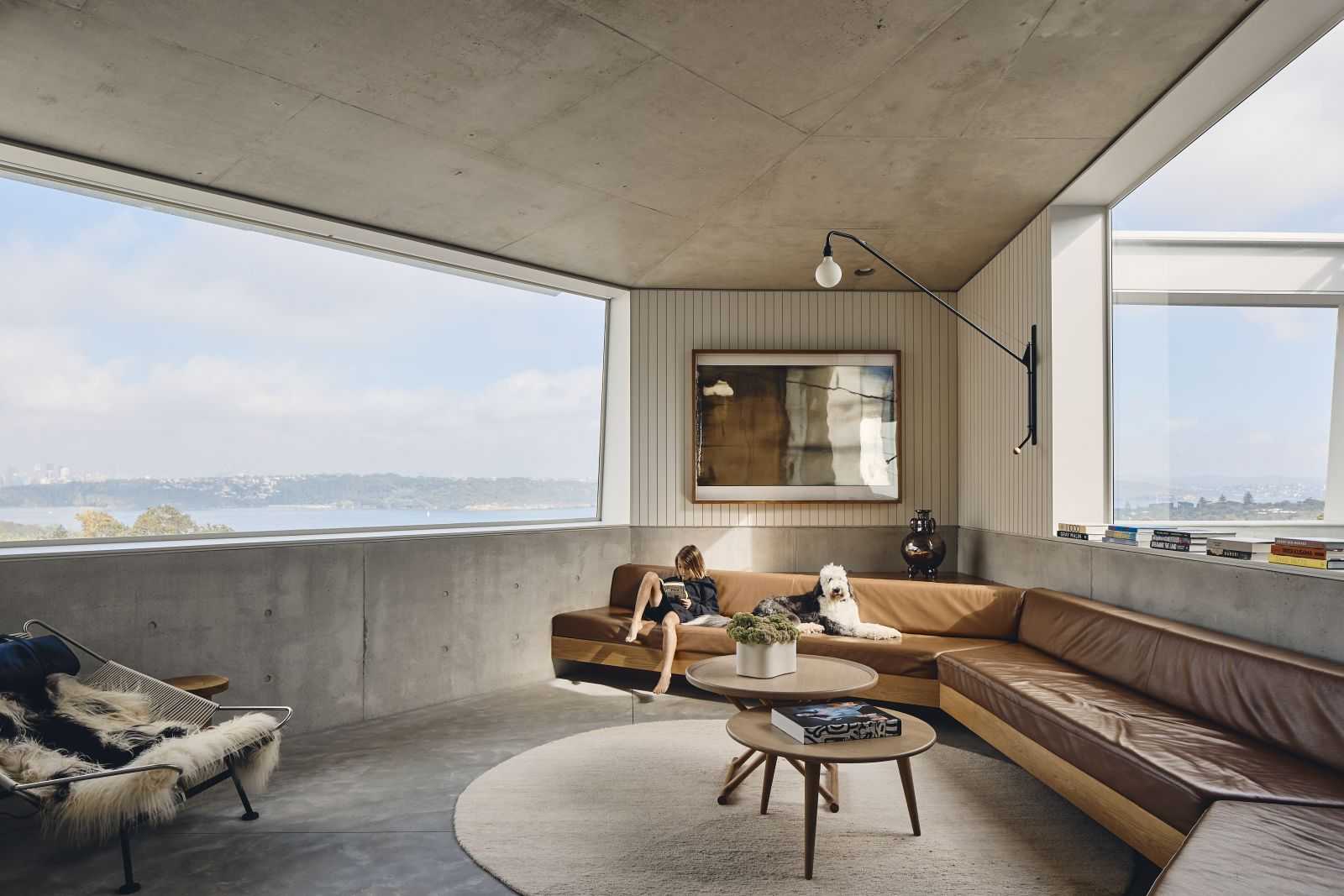
Uncategorized
DIY Paving Guide: Pave the way to the perfect outdoor area
When it comes to the overall feel of the project – not to mention longevity – one of the biggest decisions you’ll need to make is what size paver to use, and there are a number of factors that need to be considered to help you make the right choice.
Get In Touch
Build your dream home.
Learn about our products.
Learn about our products.
Learn from the best.
Join us at an event.
Join us at an event.
Please register for this event
Get Inspired
Stay up to date with the latest trends, products projects and more on Instagram.
